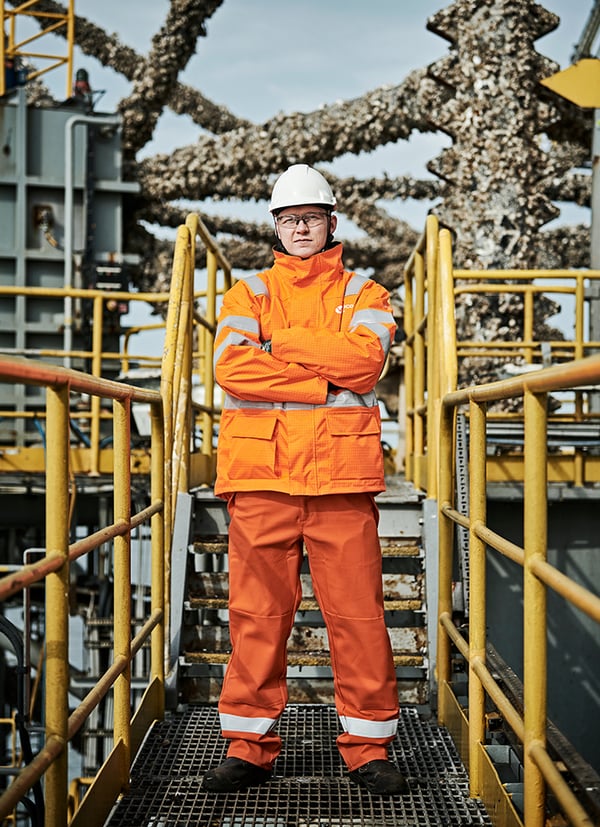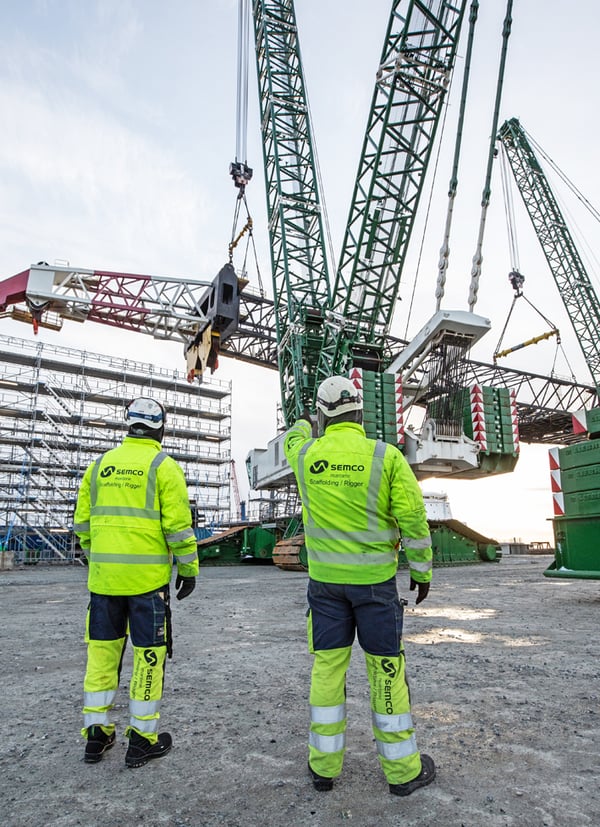The chemicals in question are often found in industrial products such as hydraulic fluids, and household products like stain- and water-resistant fabrics or non-stick products (e.g., Teflon ).
Everyone involved in offshore operations also knows that PFAS is also a key component in certain foam based firefighting systems. With the changing regulatory landscape surrounding this specific chemical group, it may be needed to review the current systems installed offshore for fire suppression.
What is PFAS?
Per- and polyfluoroalkyl substances (PFAS) is a collection of manufactured chemicals that include Perfluorooctanoate (PFOA), Perfluorooctanesulfonate (PFOS), Gen X, and many other chemicals. The larger group of chemicals are referred to as fluorinated chemicals and are characterized by strong fluorine-carbon bonds. These chemicals have been used in industry and consumer products worldwide since the 1950s.
Why are perfluorinated compounds used in firefighting foam?
PFAS chemicals make up a critical component of aqueous film-forming firefighting foams (AFFFs) because they are water-repellent. Due to these unique properties, the foam forms an aqueous film over the fire, removing oxygen flow to the flame while also cooling the surface. Resultantly, AFFF is highly effective for Class B fires (fires involving flammable liquids such as oil, gasoline, and other fuels).
Why are perfluorinated compounds being regulated and/or phased out?
PFAS in AFFF are toxic and carcinogenic to animals and potentially humans as well, according to the International Agency for Research on Cancer (IARC). The IARC classifies PFOA as a group 2B carcinogen, which means it is “possibly” carcinogenic to humans.
The highly stable chemical bonds in PFAS make them resistant to collapsing and breaking down. While this makes them industrially useful, this property also allows them to persist and accumulate in the environment and within organisms. The marine ecosystem has also been negatively impacted by the presence of PFAS, with research showing the decline in health on seabirds, fish, and mussels exposed to the chemical.
Due to its persistent property allowing it to bioaccumulate and travel long distances, the regulatory landscape regarding the use of PFAS is evolving as an increasing number of local and international organisations work together to mitigate the negative effects of PFAS in the environment.
How will this affect your foam firefighting systems?
You should verify if your PFAS-based firefighting foam follows the regulations of your local or area authorities. For example, under the European Union Registration, Evaluation, Authorisation and Restriction of Chemicals (REACH) regulation on PFOA and PFOA-related substances, foams based on short-chain PFAS can contain no more than 0.025 mg/kg (Commission Regulation (EU) 2020/784). Aside from the type of foam used, you will also need to ensure that you have the right method to treat and dispose the foam, firewater, and waste.
Depending on the class of fire you are protecting your installation against, there could be a more suitable alternative instead of foam-based systems altogether. On a less extreme scale, you may be able to replace the foam used with a fluorine-free alternative.
Ultimately, you still need to ensure that it is the most effective solution for the fire risks relevant to you, as a poorly controlled fire will also result in negative effects both ecologically and financially.
To get more information about available technologies and solutions to safeguarding your assets while also conserving the environment, please contact our firefighting or HSE specialists.








